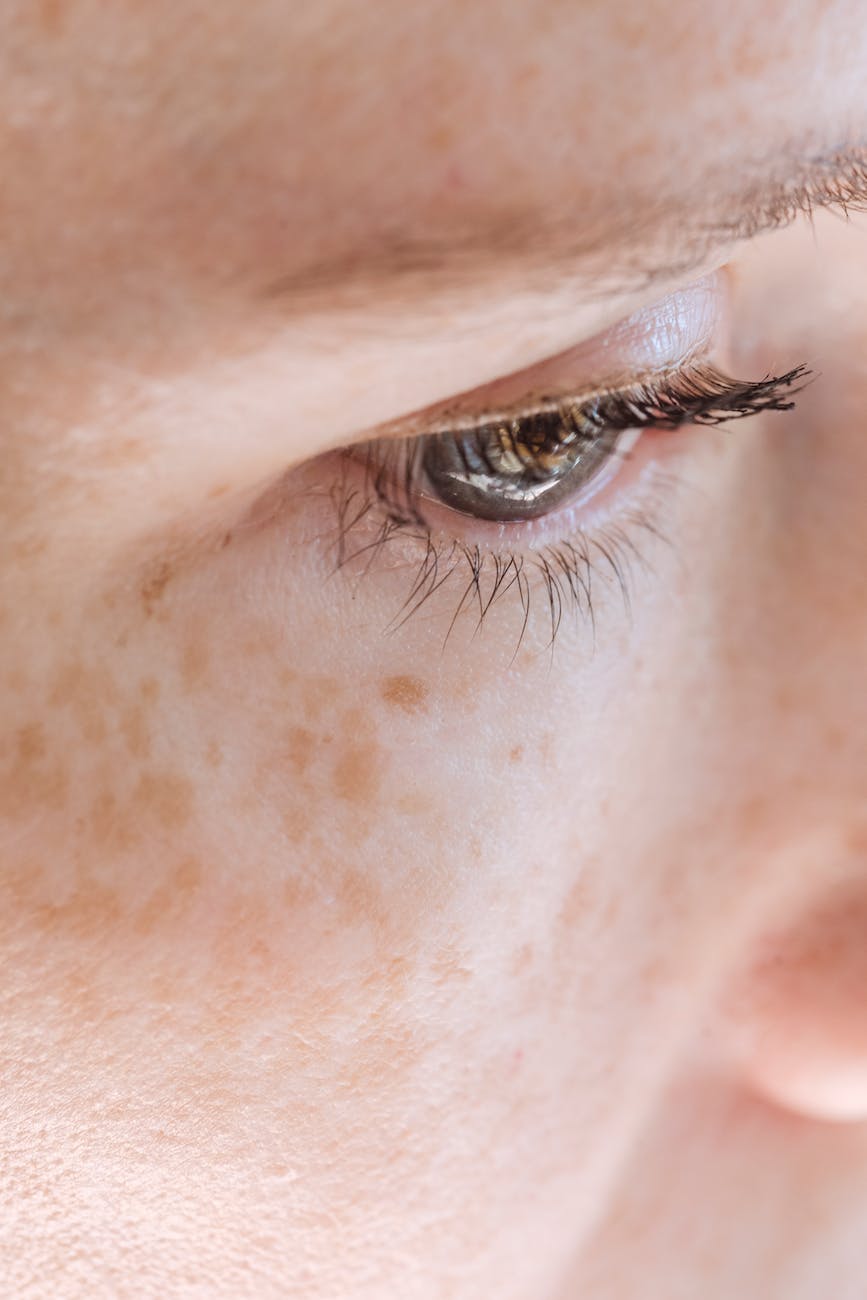Melasma manifests as patches of brown or gray-brown pigmentation on the face, specifically appearing on the cheeks, forehead, bridge of the nose, and upper lip. Melasma has been a common problem to women, that is why we have listed below 10 tips on how to avoid melasma.
It primarily affects women, although it can also occur in men. Melasma is often referred to as “the mask of pregnancy” because it frequently develops during pregnancy due to hormonal changes. However, it can occur in individuals who are not pregnant as well.
The exact cause of melasma is not fully understood, but it is believed to be influenced by a combination of factors, including hormonal changes, sun exposure, and genetic predisposition. Hormonal fluctuations, such as those during pregnancy or while taking hormonal medications, can trigger or worsen melasma. Sun exposure is a significant contributing factor as ultraviolet (UV) rays can stimulate the production of melanin (pigment) in the skin, leading to the development of melasma.
Melasma does not cause any physical symptoms or health risks but can be a cosmetic concern for many individuals. It can have a significant impact on self-esteem and quality of life. Treatment options for melasma include topical creams containing ingredients like hydroquinone, retinoids, corticosteroids, and kojic acid. Chemical peels, microdermabrasion, and laser therapy may also be recommended in some cases.
It’s important to note that melasma can be challenging to treat, and the condition may persist even with treatment. Therefore, prevention through sun protection and other precautionary measures is crucial in managing melasma effectively.

10 Tips on How to Avoid Melasma
- Sun Protection: Protecting your skin from the sun is crucial in preventing melasma. Wear a broad-spectrum sunscreen with a high SPF (30 or higher) daily, even on cloudy days. Reapply every two hours, especially if you’re outdoors or participating in water activities. Additionally, wear wide-brimmed hats and use umbrellas for extra shade.
- Limit Sun Exposure: Try to minimize your time in direct sunlight, especially during peak hours (10 am to 4 pm).
- Protective Clothing: Consider wearing lightweight, long-sleeved clothing and pants to cover your skin when you’re exposed to the sun for extended periods.
- Use Sunscreen with Physical Blockers: Look for sunscreens that contain physical blockers like zinc oxide or titanium dioxide. These ingredients form a barrier on the skin and provide better protection against UVA and UVB rays.
- Be Cautious with Heat: Limit exposure to heat sources like saunas, hot baths, and hot showers, as they can trigger melasma or worsen existing pigmentation.
- Hormonal Balance: Melasma is often associated with hormonal fluctuations, particularly during pregnancy or while taking hormonal medications. Consult with your healthcare provider about managing hormonal changes and any potential risks.
- Gentle Skincare Routine: Avoid harsh skin care products, especially those that irritate or sensitize your skin. Opt for gentle cleansers, moisturizers, and skincare products suited for your skin type.
- Exercise caution when using chemical exfoliants such as alpha hydroxy acids (AHAs) and beta hydroxy acids (BHAs).
- They can increase sun sensitivity and trigger melasma. If you use them, do so under the guidance of a dermatologist and always use sun protection.
- Manage Stress: Chronic stress can contribute to hormonal imbalances that may trigger melasma. Incorporate stress management techniques such as exercise, meditation, and adequate sleep into your daily routine.
- Consult a Dermatologist: If you notice any signs of melasma or have concerns about your skin, consult a dermatologist. They can provide personalized advice, recommend suitable skincare products, and suggest professional treatments if necessary.
Remember, everyone’s skin is unique, so it’s essential to find the strategies that work best for you.



